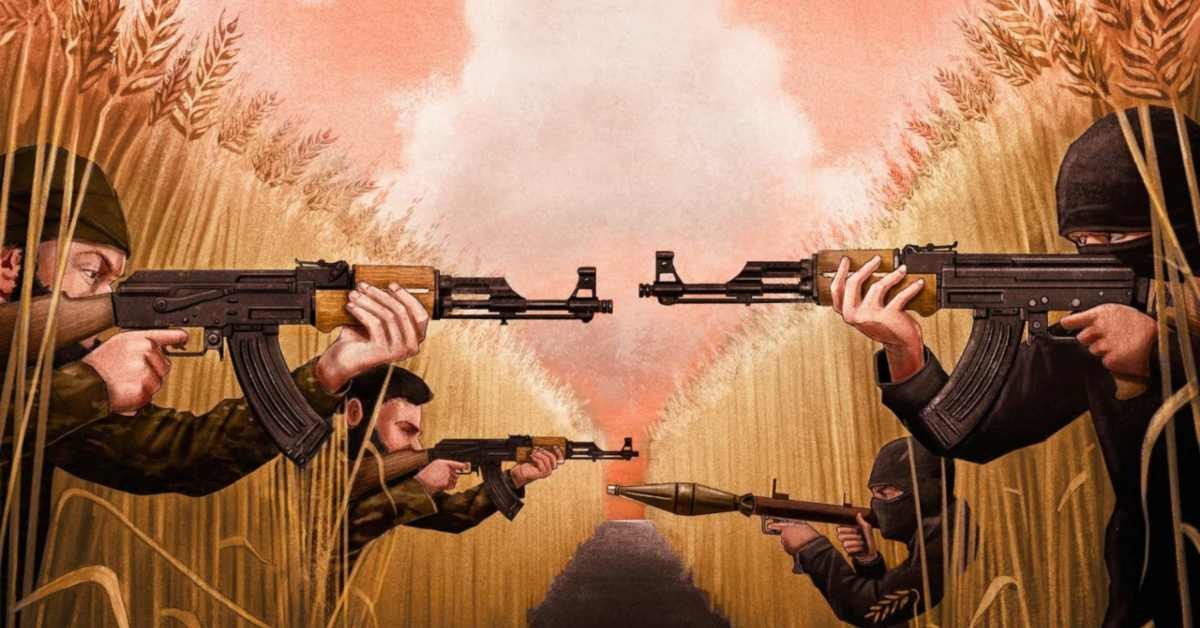Wheat is down 27% from its multi-year high, but still 30% more expensive than before the conflict began
One of the recently asked questions in the past days is, Can we See Food Shortages and Even Civil Unrest?
Just a few hours ago, the first face-to-face negotiations after two weeks ended in Istanbul. Turkey, -the host of this negotiation- says that they had a great sign of progress, even though hostilities continue to rage on the ground.
"Russia's chief negotiator said his country had agreed to de-escalate the attacks on the capital Kyiv and the northern city of Chernihiv in an effort to "build trust". Earlier, Mikhaylo Podolyak, an aide to Ukrainian President Volodymyr Zelensky had briefed that discussions on a ceasefire had taken place that was based on a future of armed neutrality for Ukraine, guaranteed by various countries including the U.S. and Russia, while Russia's Defense Minister Sergey Shoigu claimed that Russia had effectively achieved its aims in securing the 'liberation' of the eastern region of Donbas."
As much as we are trying to be positive, but still some issues tell us to think twice before making any decision. As we know, Ukraine still refuses to acknowledge the secession of Crimea. And now, Russians adding the eastern region of Donbas as well. Officials in Donbas announced a few days ago that they are preparing to hold a referendum about whether they will accession Russia or not.
Russia and Ukraine together export a third of the world’s wheat, therefore current high prices and shortage on top of that could cause famine, especially in poor countries. While in late March 2022, farmers in the northern hemisphere begin planting seeds that will grow into the crops that feed an ever-growing world population, many Ukrainian farmers are busy with the war. The total world’s population is more than 7.885 billion, and each quarter, it grows by around 20 million, therefore we have an increasing demand with less production in Russia and Ukraine which we call Europe’s breadbasket.
Wheat is not just a simple food ingredient, it is also an essential commodity for governments to feed people. Any problem with food, and especially for such an important issue, will challenge their power and can create a mass.
The war in Ukraine and a turbulent geopolitical landscape increased the Wheat price up to 1,343 US dollars, and in the last days with signs that tensions are decreasing, its price also fell lower.
As you can see in the below figure, the price sharply fell and now it is almost 27% lower than its historical price, while at the same time 30% higher than before the conflict began. OBV trend line in the daily chart moved under the OBV line. Bears will have the $864 on their way before turning to the long-term down-trend and everything will depend on future news from peace talks.
And if we use the Fibonacci levels, as you can see in the below chart, the current price also sits at 61.8% of its Fibonacci levels. Breaching under this level will increase the bears' power to fall more, while returns above 50% at 1,050 US dollars can again change the bearish scenario to a clear bullish tendency.


















